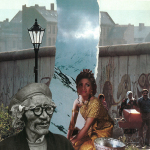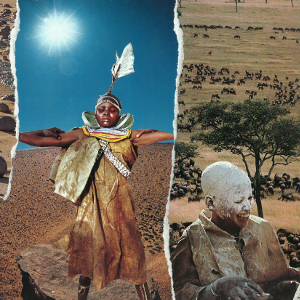This blog was written by Brittany Stares, volunteer
I volunteer in the Art for AIDS International gallery, a place that, despite the beautiful artwork on the walls, doesn’t always convey the depth of the organization’s work. My first experience with Art for AIDS International was reviewing evaluations of the workshop from Botswana and South Africa to draw out useful content for social media. It was a startlingly moving experience. Students were not describing the workshop as merely “fun” or “educational,” they described it – over and over again – as life changing. An immeasurable source of confidence. A first step into helping their family and community.
Last month, Hendrikus Bervoets, Executive Director for Art for AIDS International, hosted one of these workshops for volunteers. Art is an area I enjoy the way a child enjoys splashing in the pool: with sheer delight, even though I’m terrible at it. As expected, the workshop taught me a lot about HIV and AIDS (enough that I promptly shared stats about the disease via Facebook right after), as well as the background of the organization. But it also taught me something about myself, and the power of art.
During the workshop, torn paper became art at my fingertips. I felt a fierce attachment to the work I was creating. More, I felt a sense of pride; it was the first thing in weeks I’d felt pride in. I felt disappointment when my collage was taken away, even to become a print. That night, I couldn’t sleep. I tossed and turned and felt a storm of emotions unrelated to the workshop – anger, hurt, unhappiness, frustration. I knew enough about feelings to recognize that this wasn’t bad. Art, like play therapy, can allow us to access feelings and emotions we may not be immediately aware of. It can allow us to tap into anything from built-up stress and tension from the day to day to major grief and pain from past trauma. This might be unpleasant to feel, but it’s important – without feeling it, we cannot heal it. Our feelings deserve “the dignity of our attention,” and there is is nothing worse, or more damaging in the long run, than blocking off what we feel.
My feelings that night were large and difficult. They were rooted in questions about where my life was going, if I was making the right choices. These are feelings that, at this point in my life, will be around for a while, and healing will be an ongoing process. But today, as I saw my collage as a finished print, I felt peace.


